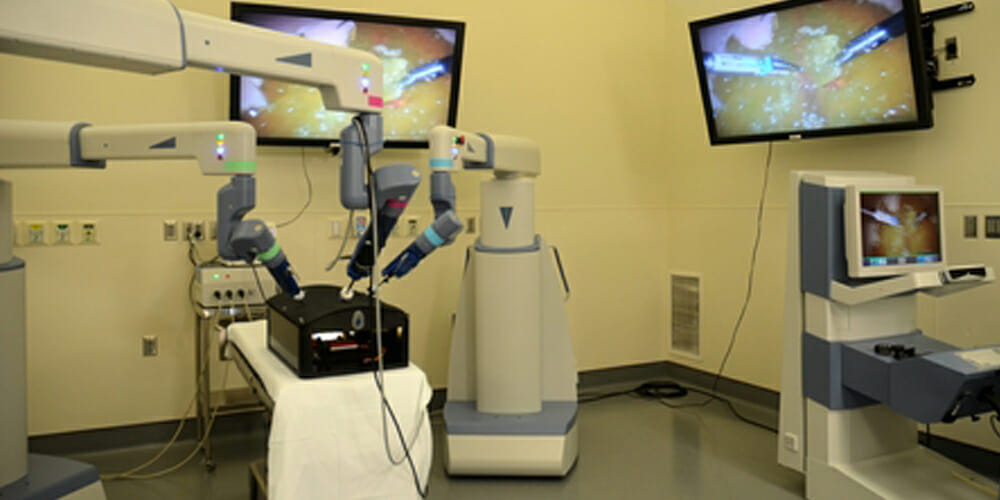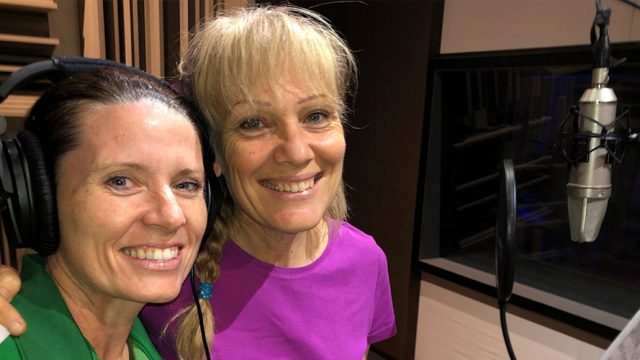At Florida Hospital, system allows physicians to control the device con their eyes.

Florida Hospital, a Seventh-day Adventist network of hospitals in Central Florida, United States, is the first health care system in the nation using an innovative new surgical robotic system. The new robot offers haptic feedback and allows physicians to control the device with their eyes. Known as the TransEnterix Senhance system, it’s the first new robotic surgical system to receive Food and Drug Administration (FDA) approval since 2000.
Colorectal surgeon Teresa DeBeche-Adams recently performed the nation’s first Senhance-assisted operation on Timothy Kerley, who suffered from bleeding ulcers that had led to his being hospitalized last year. He is recovering well after having 14 inches of his small intestine removed.
“I felt pretty good right from the get-go,” Kerley said of his experience following the surgery. “The nurses had me up and walking all around the hospital pretty much right away.” Kerley added that, aside from minor soreness, he’s had no pain in the weeks since the procedure and his incisions have healed.
The Senhance’s instruments are just 5 millimeters in diameter, and the system senses and minimizes forces at the patient’s small skin incisions. As a result, current minimally invasive surgery may become even more so, which means quick and easy recovery for patients, with little to no scarring.
The controls for the Senhance mimic traditional laparoscopic surgery, allowing for an accelerated adaptation for surgeons currently performing surgeries with these tools. The surgeon sits in an ergonomically comfortable position and can see inside the body with 3D visualization.
Optical sensors allow surgeons to move the camera and select commands simply by moving their eyes. The Senhance also is the first robotic system that offers haptic feedback, which re-creates the sense of force feedback for surgeons so that they can “feel” forces encountered via the system’s robotic arms.
DeBeche-Adams said the benefits of Senhance extend to the physician too.
“The ergonomics are great — I did three cases in one day and was not physically fatigued. It has the potential to extend surgeons’ careers,” she said. “Setup is easy, and the three-dimensional eye tracking is impressive as well.”
While currently only approved for laparoscopic gynecological and colorectal procedures, as well as gallbladder removal and some hernia repair procedures, DeBeche-Adams believes the Senhance will also eventually become a popular option for general surgery.








